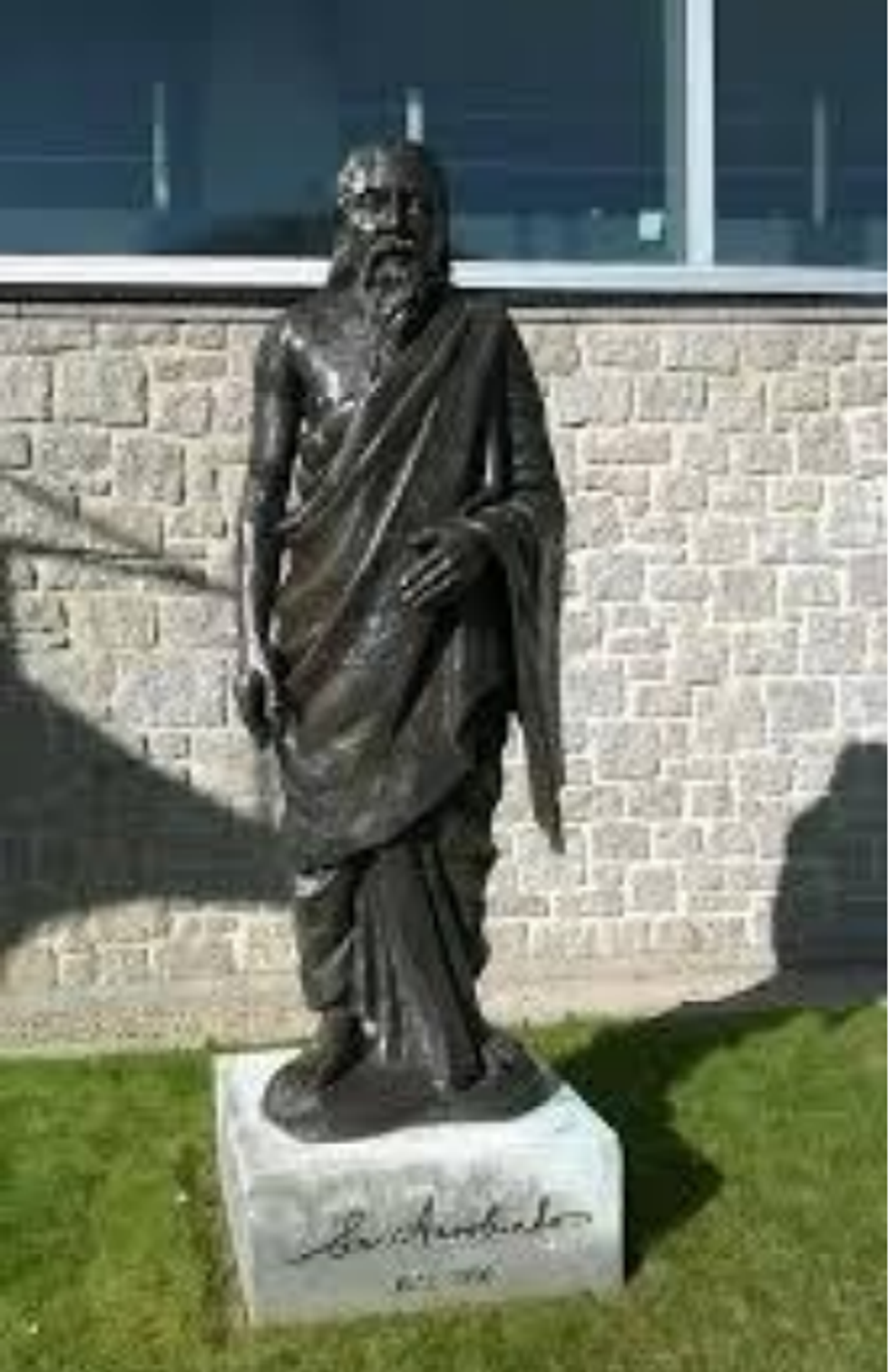Scientists are one step closer to developing a single blood test that could detect at least eight types of cancer, a new study claims.
The test is called CancerSEEK and it is a non-invasive procedure that will evaluate the presence of cancer gene mutations from circulating DNA in the blood. According to the study published in the journal Science, the researchers hope this idea would eventually lead to a $500 test that would help detect cancer at an earlier stage when it is more treatable.
In the study led by researchers at Johns Hopkins University involving more than 1005 cancer patients, who were pre-diagnosed, cancers were detected with an accuracy rate of about 70 percent. Cancers were detected in the ovaries, liver, stomach, pancreas, esophagus, colorectal, lung and breast.
The researchers also tested 812 people without cancer diagnoses and just seven of them had a false reading that found cancer.
Nickolas Papadopoulos, professor of oncology and pathology at Johns Hopkins University in the US, said early detection using a combination of selected biomarkers could change the way we screen for cancer. "It is based on the same rationale for using combinations of drugs to treat cancers,” said Papadopoulos, according to reports.
The ultimate aim of the test was to detect cancer even before its symptoms became evident, the report said.
This test is a positive step toward the fight against cancer. In 2012, an estimated 8.2 million people died of cancer worldwide. The four most common cancers were lung, female breast, bowel and prostate cancer. According to World Health Organisation, cancer was responsible for 8.8 million deaths in 2015. Globally, one in six die due to cancer.



















 Heehs describes two principal approaches to biographyAMG
Heehs describes two principal approaches to biographyAMG